is primer necessary?
Rebekah L
5 years ago
Featured Answer
Sort by:Oldest
Comments (42)
Angel 18432
5 years agoAngel 18432
5 years agoRelated Discussions
Primer necessary? Lifespan of primer?
Comments (2)Yea you can skip the primer as long as you are using a self priming paint and I think that most modern day paints are. Plan on 2 coats at least if the paint is washable. If you do want to use that old primer, you should strain it and stir it well and see how it looks then. If it's not too smelly and curdled up, then it's probably still good. If you have a paint custom matched, don't expect it to touch up perfectly, especially in critical light. Also, some of the sample cans are not meant to be used as real paint so they may not look perfect if you use them....See MorePainting over Wood Paneling
Comments (4)Warning, this is not painting advice: Is this a home office or commercial, big or small room? Recently I noticed some dark paneling that had been done-over by stretching some deeply-textured light fabric over it from floor to ceiling. It was done in very wide strips leaving similarly-width panel in between. I thought it looked pretty nice. It is a big room and I don't know how well it might scale to a small space....See MorePainting my small bathroom
Comments (1)The black stuff flaking off is usually mildew and the finish coming off the frame. You can use Zinsser PermaWhite Kitchen and Bath paint for your bathroom. It is only available in light pastel colors, but is resistant to mildew. It covers well and comes in Eggshell, Satin, and Semi-gloss finishes. I would use the Satin because it has enough sheen and is scrubable. The peeling paint needs to be removed and I would thoroughly clean the surfaces to be painted. You should prime the bathroom with a good primer. I would use 123 to give a good solid surface for the paint to adhere. You can also use Zinsser Peel Stop once you have removed as much of the peeling paint. It will bond to peeling paint. The reason you have peeling paint is usually due to the moisture in the bathroom. If the bathroom is not vented properly, the moisture will cause the paint to soften and peel....See MoreNeed quality primer for deck paint
Comments (3)Typically, I would recommend a good quality oil primer for bare wood. If your paint on the surface is latex, I would stay latex. Zinsser 123 primer works well on exterior surfaces. You could also use Zinsser Peel Stop primer which works well to bond peeling paint. I typically recommend staying with the same brand of primer as your paint. As for the question about about one or two coats of primer, one is sufficient. I would use two coats of topcoat....See Morecawaps
5 years agoDrB477
5 years agolast modified: 5 years agotartanmeup
5 years agoilikefriday
5 years agodyliane
5 years agoAnnKH
5 years agocat_ky
5 years agofunctionthenlook
5 years agoFori
5 years agoUser
5 years agoRL Relocation LLC
5 years agoTHOR, Son of ODIN
5 years agochispa
5 years agolast modified: 5 years agodcarendt
5 years agotartanmeup
5 years agoUser
5 years agolast modified: 5 years agoilikefriday
5 years agolast modified: 5 years agorantontoo
5 years agoDebbi Washburn
5 years agoRebekah L
5 years agogroveraxle
5 years agoBeth H. :
5 years agolast modified: 5 years agodecoenthusiaste
5 years agoLyndee Lee
5 years agoAnglophilia
5 years agopaintguy22
5 years agograywings123
5 years agolast modified: 5 years agoAnnKH
5 years agoRebekah L
5 years agoAnnKH
5 years agoAngel 18432
5 years agoLori A. Sawaya
5 years agoFaron79
5 years agoUser
5 years agocatbuilder
5 years agoRebekah L
4 years agotartanmeup
4 years agocat_ky
4 years agogtcircus
4 years ago
Related Stories
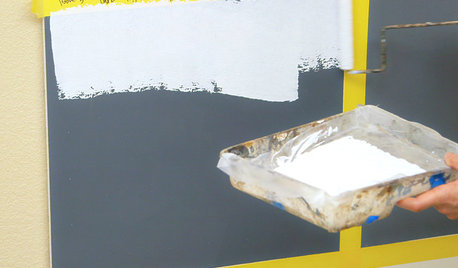
PAINTINGHouzz TV: How to Prime a Wall Before You Paint
Learn how to apply primer in 4 wall scenarios — covering scribbles, painting a light color over a dark one and more
Full Story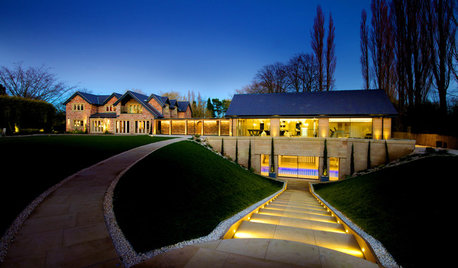
LANDSCAPE DESIGNHow Grading Shapes the Ground and Manages Stormwater
Understand how an overall grading plan provides a framework for a great landscape design
Full Story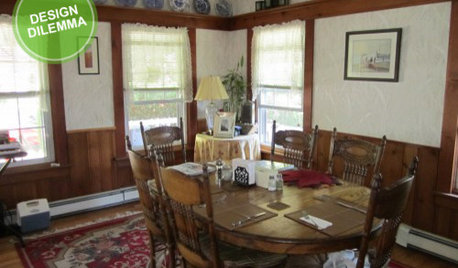
Design Dilemma: Keep or Nix Knotty Pine?
Help a Houzz User Choose a Paint Color for a Cohesive Design
Full Story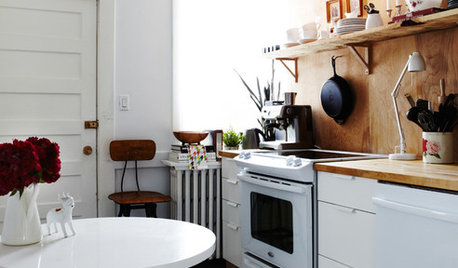
HOUZZ TOURSHouzz Tour: Clean, Chic and Cost-Effective
Canadian designer Jennifer Hannotte designs her Edwardian home in a modern style that can grow with her family
Full Story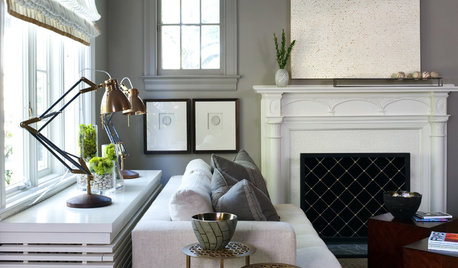
DECORATING GUIDESRadiator Covers Like You’ve Never Seen
From custom to DIY, these 10 ideas will help the radiator blend in, become a storage standout or both
Full Story
SELLING YOUR HOUSE5 Savvy Fixes to Help Your Home Sell
Get the maximum return on your spruce-up dollars by putting your money in the areas buyers care most about
Full Story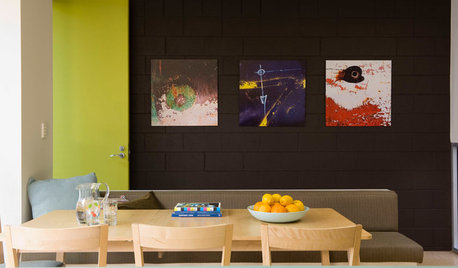
PAINTING10 Rules for Your Next Painting Project
Take your next painting journey from ‘argh!’ to ‘ta-da!’ with these designer tricks
Full Story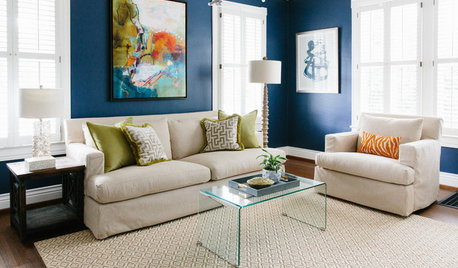
MOST POPULARThe Right Way to Test Paint Colors
Here are 5 key steps to take to ensure you're happy with your wall paint color
Full Story
MOST POPULARFrom the Pros: How to Paint Kitchen Cabinets
Want a major new look for your kitchen or bathroom cabinets on a DIY budget? Don't pick up a paintbrush until you read this
Full Story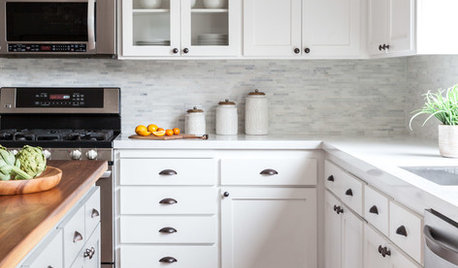
KITCHEN CABINETSHow to Update Your Kitchen Cabinets With Paint
A pro gives advice on when and how to paint your cabinets. Get the step-by-step
Full Story



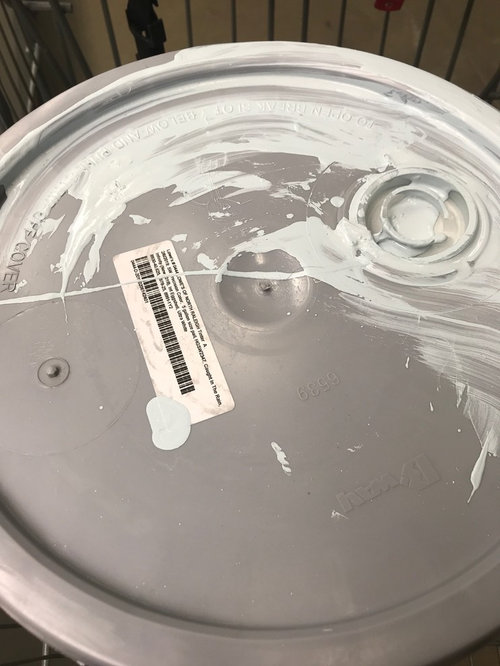
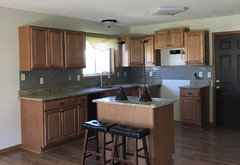


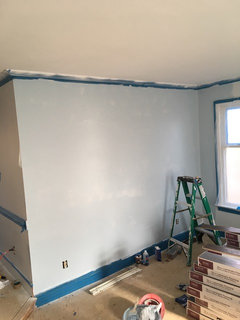
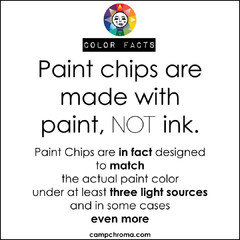
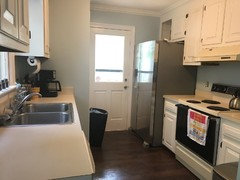

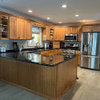


User